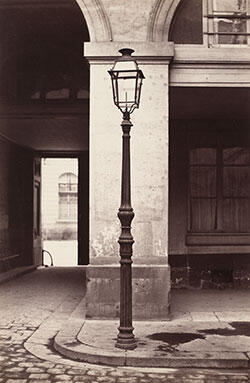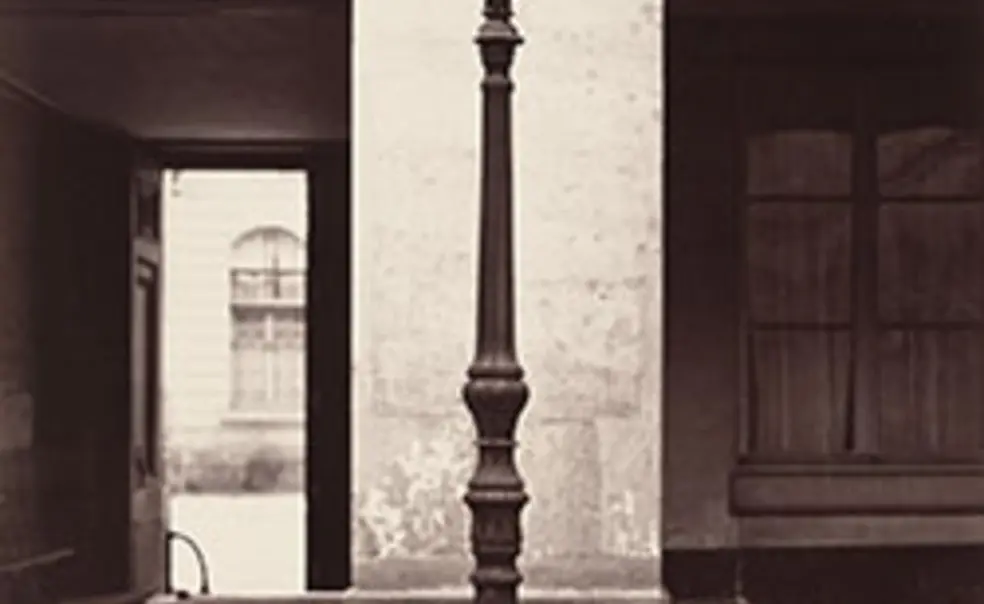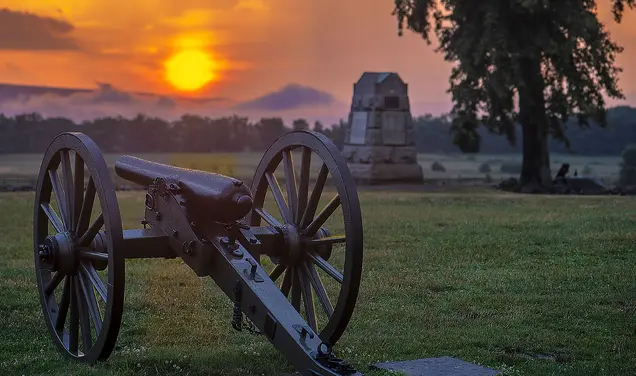Tiger of the Week: Sarah Kennel '92 Brings Marville's Paris to Washington, D.C.

Paris is the most photogenic city in the world, and Charles Marville was the first person to photograph it in a systematic way. His images of the French city date from the 1851, when photography was in its infancy, and they have helped shape visions of Paris ever since — just as the novels of Victor Hugo or the paintings of Edouard Manet have. Those men, contemporaries of Marville, are hailed as great artists, but Marville is still seen as a documentarian who merely recorded what was before his camera as the official photographer of Paris from 1862 until his death in 1879.
Sarah Kennel ’92 hopes to change that perception in an exhibition of Marville’s work that opens at the National Gallery of Art in Washington, D.C., on Sept. 29 and runs through Jan. 5. It is the first major retrospective of Marville’s work since 1994. “His photographs are seen as these historical documents, and I don’t think that that’s the case,” Kennel says.
Instead, she argues, Marville was a highly self-aware artist who consciously shaped his work. Even his name was a fiction. Charles-François Bossu was born in 1813 to a tailor and a laundress and changed his name to Marville around 1832 when he became an artist, Kennel and exhibition researcher Daniel Catan learned while doing research for the show. The same attention to image is apparent in an 1851 self-portrait where Marville stares out a window in a pose that recalls the contemporaneous self-portraits by the 19th century French painter Gustave Courbet.
Kennel’s background in 19th century French art informs her view of Marville. She focused on the subject at Princeton, where she majored in art history, and earned a doctorate from the University of California at Berkeley before landing an internship in the photography department at the National Gallery that led to a full-time position. In 2006, she persuaded the museum to buy its first Marville photograph, an image of a lamppost that was part of a series he started in the 1860s – and, perhaps, a sly reference to the nickname “City of Light,” which Paris first gained in the Enlightenment and gained new meaning when it became one of the first cities in Europe to install gas street lights.
That purchase turned out to be the germ of the show, for which Kennel spent about five years preparing for the show and made numerous trips to Paris. The exhibition spans his career as a photographer, from his early self-portrait to shots he took in the late 1870s. Marville is most famous for his pictures of old Paris neighborhoods before Baron Haussmann had them torn down and rebuilt as part of his plan to modernize the city. A good number of the works in the show come from this period in Marville’s career.
“There was a nostalgia for old Paris before Haussmann; it’s apparent in Victor Hugo’s novels,” Kennel says. “Marville is aware of that, but he’s giving it its first photographic representation.”











No responses yet